meteorite
Latest
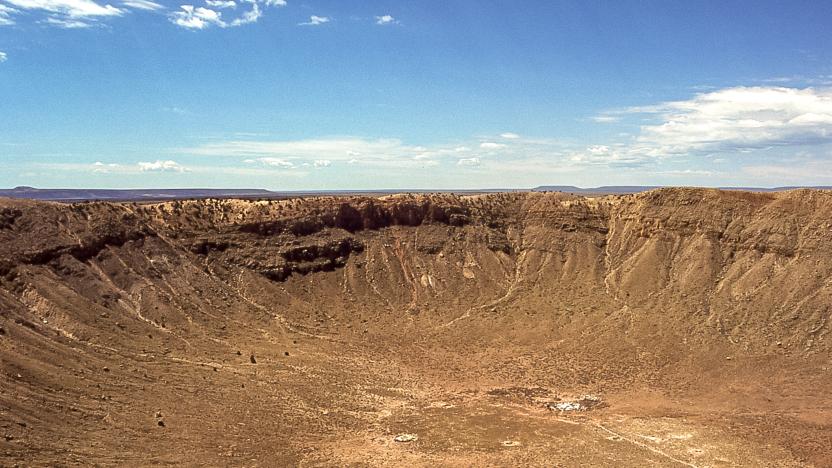
Autonomous drones learn to find 'hidden' meteorite impact sites
Drones are learning to find meteorite impact sites all by themselves, helping to locate space rocks that might otherwise go missed.
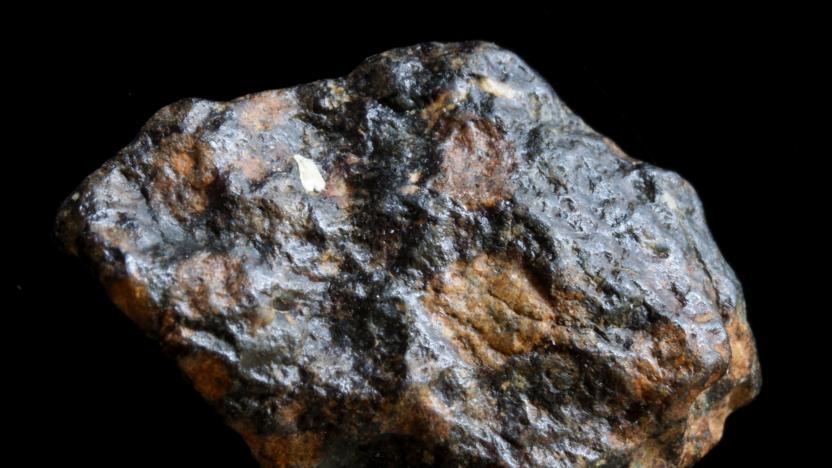
Early Solar System meteorites might explain how Earth got water
Scientists have discovered that meteorites from the early Solar System held water until relatively recently, possibly contributing to life on Earth.
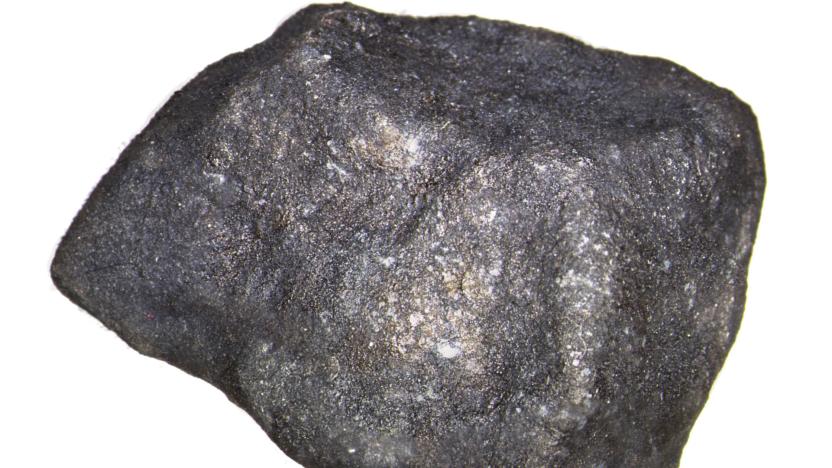
'Pristine' meteorite may provide clues to the origins of our solar system
A meteorite that lit up the night sky in Michigan in 2018 contains ‘pristine’ organic compounds that offer clues to how life formed on Earth, according to researchers.
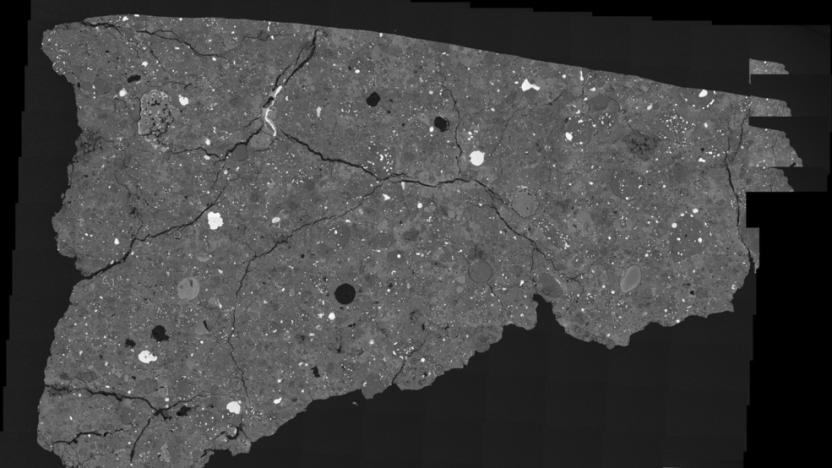
A tiny space rock holds clues about the evolution of life
NASA researchers believe meteorite Asuka 12236 holds clues about the evolution of life as we know it.

Apple TV+ acquires Werner Herzog's meteorite documentary 'Fireball'
When Apple TV+ launched, the space drama For All Mankind was immediately well-received, and now Apple has acquired a space documentary. Directed by Werner Herzog — taking a break from his Mandalorian duties — and professor Clive Oppenheimer, Fireball promises to help viewers “discover how shooting stars, meteorites and deep impacts have focused the human imagination on other realms and worlds, and on our past and our future. The two previously collaborated on other documentaries, including their volcano deep-dive Into the Inferno, which premiered on Netflix in 2016.
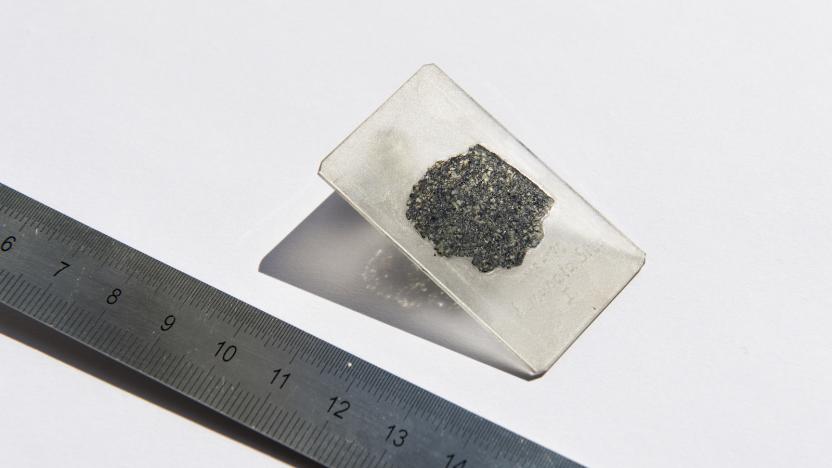
Scientists think these meteorite diamonds formed on a long-lost planet
Scientists studying a meteorite fragment that fell to Earth in 2008 have found evidence that suggests it may have originated from a Mercury-sized planet that no longer exists. The makeup of a meteorite -- the elements it contains, what ratios they're in -- can usually point us to where it came from, like say the moon or Mars. But there are a set of meteorites, including the one collected in 2008, that have no known origin, appearing to be from a planetary body that has since been destroyed and purged from our solar system. "These samples are coming from an era that we don't have any access to," Farhang Nabiei, a researcher on the project, told The Washington Post.
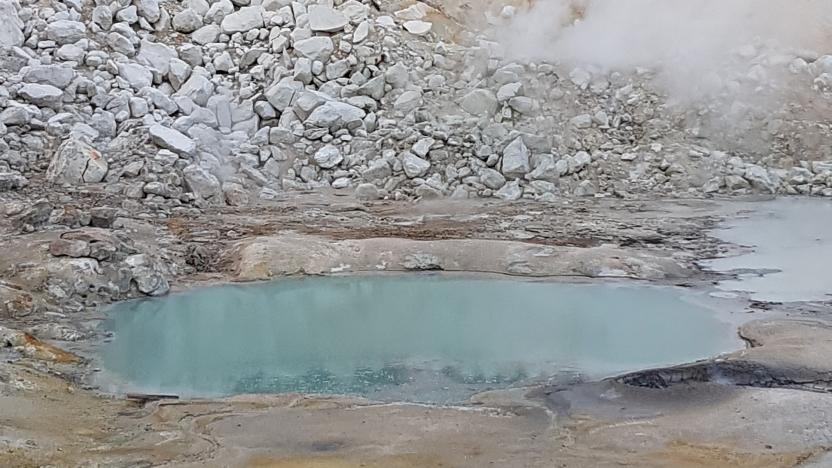
Meteorites may have helped seed life on Earth
There are many theories about how life evolved on the planet Earth, from formation under a layer of ice, protected from the UV radiation above, to vents in the deep sea that provided hydrogen-rich molecules. But now one team of scientists has found quantitative results that support a theory that is literally out of this world. Organic molecules from meteorites that landed in small, warm pools of water may have delivered the ingredients necessary for life to form on Earth.

ICYMI: Amazon made its first drone-powered delivery
try{document.getElementById("aol-cms-player-1").style.display="none";}catch(e){}Today on In Case You Missed It: Amazon has been testing drone deliveries for three years now, even having to move to the UK to keep it going once the FAA changed its UAV guidelines. The company released a video of its first fully autonomous drone delivery, which happened on December 7. Meanwhile a team of researchers from Los Alamos National Laboratory dug into what would happen if a sizable meteorite hit the ocean and the modeling shows a substantial amount of water vapor would get thrown into the stratosphere, which would not do great things for climate change. Finally, the Danish Neighborhood Watch came out with a robbery-preventing Christmas light and app combination to deter robbers-- and provide laughs for the rest of us. If you're looking for the dash cam video of an Uber car going through a red light, that's here. As always, please share any interesting tech or science videos you find by using the #ICYMI hashtag on Twitter for @mskerryd.
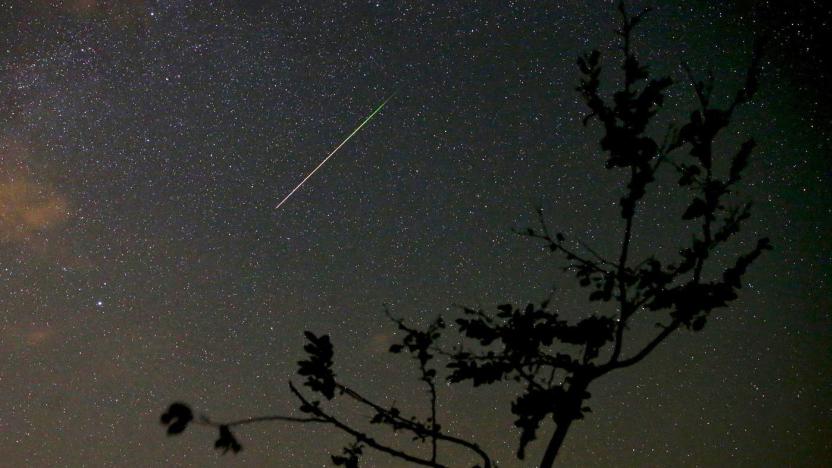
France creates a meteor-tracking camera network
It's difficult to track where meteors go when showers are both relatively common and rain down loads of space rocks. However, France thinks it has the answer. It recently launched FRIPON, a meteor detection network. The system uses a country-wide camera system (currently 68, scaling up to 100) to track where meteors fly -- if two or more cameras spot something, scientists get an alert. Eventually, that camera data will help narrow down likely impact areas (as small as 1 kilometer, or 0.6 miles) and send thousands of volunteers out to recover meteorites.

Russia has plans to nuke Earth-bound asteroids, if necessary
From 2012 to 2015, Russia researched ways of deflecting Earth-bound asteroids using nuclear weapons and came up with a best-case scenario, The Telegraph reports. The Central Scientific Research Institute of Machine Building, an arm of Russia's state-run Roscosmos space agency, worked on the asteroid problem with other countries (including the United States) in a program called NEOShield, which was largely funded by the European Commission. Note that "NEO" in this case stands for "Near-Earth Object," not The One you're probably imagining.

Heels made from aluminum foam, designed by the cosmos
These are the shoes we'd imagine Lady Gaga would wear if she were Cinderella. As much as they look like crumpled aluminum foil, though, their designers, Azusa Murakami and Alexander Groves, were inspired by something a lot bigger: the rough surface of Comet 67P/Churyumov-Gerasimenko, where ESA's Philae lander is currently sleeping. In the absence of actual Churyumov-Gerasimenko samples, the duo collectively known as Studio Swine, 3D-scanned meteorites at the Natural History Museum in London after securing sponsorship from Microsoft. They meshed various scanned surfaces together and formed the shoes' base shape using aluminum foam. A CNC mill then scooped out part of the structure for the wearer's feet (these are shoes, after all), which was then lined with soft Italian leather. Despite the rugged ultra-metallic look, the designers claim these heels are nearly weightless, as aluminum foam is 90 percent air. We guess fashion doesn't always have to hurt after all. [Image credit: Studio Swine]

The Engadget Interview: NASA astrobiologist Dr. David Morrison talks asteroids and the end of the world
Between the recent meteorite strike and our close call with 2012 DA14, we've all been thinking an awful lot about potential impact hazards from the heavens. Thankfully, however, during our visit to NASA Ames last week, much of our fear was put to rest by astrobiologist Dr. David Morrison, the scientist who coined the word "cosmophobia" to describe the fear of external impacts on Earth. Morrison, who recently served as one of the go to sources for science fact (and common sense) in stories about the 2012 Mayan Apocalypse speculation, spoke to us about the likelihood of major asteroid impact on Earth -- and what we can do to stop it. Hang around after the break to check out our full interview with the good space doctor.

Burning Legion begins Russian invasion
Alright, you got us -- this event has nothing to do with World of Warcraft. However, the tweet below from Tankspot's Lore was too sweet to pass up. So apparently the Burning Legion is invading Russia... ow.ly/hJI1P - Josh Allen (@devolore) February 15, 2013 For those of you unaware, late last night (around 9 a.m. local time where the event occurred), a meteorite fell to Earth in the Russian Ural Mountains. It created a brilliant light show in the sky, leaving a heavy white contrail in its wake and reportedly exploding at an altitude of 10,000 meters (32,800 feet.) The shockwave of the meteor's explosion caused surface-level damage, resulting in over one hundred individuals calling for medical assistance due to injuries sustained from broken glass and other shrapnel. The number of reported injured continued to rise throughout the night, up to 400 less than two hours after impact. A zinc factory in the area also suffered heavy damages: the shockwave cause 6,000 square feet of roofing to collapse. If you're curious what such an impact might sound like, you're in luck. And here's another for good measure.

Meteorite shower crashes into Russia (video)
A meteorite shower has crash landed across Russia's Ural region, injuring over 250 900 people and damaging buildings in six cities. Residents in Chelyabinsk reported shaking ground, windows shattering and car alarms going off as the rocks fell to Earth. Officials in the country say that the shower began after a larger meteor disintegrated in the lower atmosphere, causing the fragments to wreak the (currently) non-lethal havoc. If you'd like to compare how wrong (or right) Michael Bay got it in Armageddon, head on past the break for some footage.

Alt-week 8.11.12: Robo-billies, quasicrystals and radioactive art
Alt-week peels back the covers on some of the more curious sci-tech stories from the last seven days. It's not like we're trying to out-weird ourselves, it just, somehow, keeps happening. At least one of this week's offerings (we'll leave it to you to figure out which) will possibly be the creepiest thing we post all year. As for the rest, well it's slightly more palatable. We'll get uncharacteristically pumped about cycling, meet some extra-terrestrial quasicrystals and enjoy some art with X-men credentials. This is alt-week.

Smithsonian's super squeaky clean meteorite lab makes your room look like a pig sty (video)
If you think you're a clean freak, then you obviously haven't been to the Smithsonian Antarctic meteorite storage facility. See, when it isn't kicking up the video-games-as-art debate or showing off our future overlords, the Smithsonian also dabbles in the study of fallen rocks from space. So just exactly how clean is the Smithsonian's Meteorite Clean Room? Well, let's just say it's highly unlikely that you'll find microscopic traces of that peanut butter and jelly sandwich that the intern had for breakfast on any of the facility's 15,000 Antarctic meteorites. As shown in the behind-the-scenes video after the break, the research facility goes to great lengths to prevent sample contamination, from the surgical-looking staff prep to dry nitrogen storage. After all, no researcher would like to be the poor sap who studies a contaminated meteorite and mistakenly announces to the world that Mars not only had peanut butter but jelly as well.

NASA finds DNA components in meteorites, says they originated in space (video)
So, this is kinda wild: scientists at NASA have uncovered new evidence that DNA components found in meteorites can originate in space, lending new credence to the theory that life on Earth may have arisen from a pre-existing "kit" of materials delivered via asteroid. The discovery is outlined in a new paper from Dr. Michael Callahan, whose team of researchers closely analyzed samples from 12 different meteorites, using a mass spectrometer and liquid chromatography. In their samples, they found traces of adenine, guanine, and a variety of molecules known as nucleobase analogs -- including three that are rarely found on Earth. Scientists have long known that meteorites can contain DNA elements, but were unsure whether these materials actually originate in space. The presence of these three molecules, however, suggest that they do, potentially raising new questions about the dawn of life on Earth, and beyond. It's all quite heady, but steam ahead for a NASA video that might help clarify things, after the break.

Toshiba Japan tosses meteorites around in its new Cell TV ad
Figuring out how to advertise new 3D functions on viewers old 2D TVs has been an interesting problem for manufacturers all year and Toshiba Japan's ad for its new Cell-powered X2 HDTV is the latest to try, turning to the heavens for inspiration in classically Japanese style. Sure it has nothing on the company's previous Space Chair spot, but we guess some effects will have to do when launching furniture into space isn't possible.













